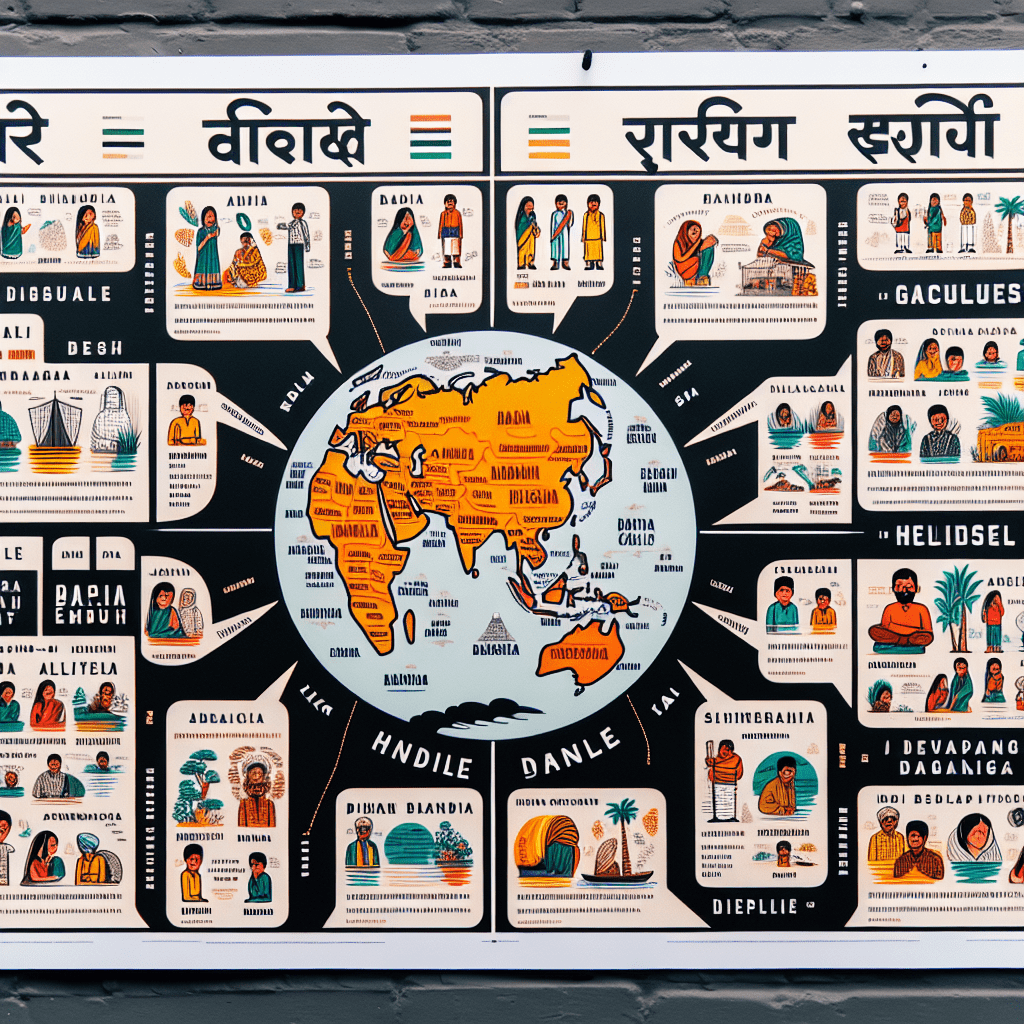Hindi is one of the most widely spoken languages in the world. It is the official language of India and is spoken by millions of people across the globe. However, many people are unaware that there are several different types of Hindi language that exist. In this blog post, we will explore how many different types of Hindi language are there and what makes them unique.
Firstly, it is important to note that Hindi is a part of the Indo-Aryan language family. It is derived from Sanskrit and is closely related to other languages such as Urdu, Punjabi, and Bengali. Due to this shared ancestry, it is not surprising that there are several different types of Hindi language that exist.
The most commonly spoken type of Hindi is Standard Hindi, also known as Khari Boli. This type of Hindi is based on the dialect spoken in the Delhi region and is used as the official language of India. It is the Hindi that is taught in schools and used in government documents and official communication.
However, there are several other types of Hindi that are spoken in different regions of India. For example, Braj Bhasha is a type of Hindi that is spoken in the Braj region of Uttar Pradesh and Rajasthan. It is known for its rich literary tradition and is often used in devotional songs and poetry.
Similarly, Bhojpuri is another type of Hindi that is spoken in the Bhojpuri region of Bihar and Uttar Pradesh. It is known for its unique grammar and vocabulary and is often used in folk songs and films.
Apart from these, there are several other types of Hindi language such as Awadhi, Maithili, and Chhattisgarhi that are spoken in different regions of India. Each of these types of Hindi has its own unique characteristics and is an important part of India’s linguistic diversity.
In conclusion, there are several different types of Hindi language that exist, each with its own unique characteristics and usage. While Standard Hindi is the most commonly spoken and used type of Hindi, it is important to recognize and appreciate the diversity of Hindi language and its various dialects. As India continues to grow and develop, it is crucial that we preserve and promote our linguistic heritage and celebrate the rich diversity of our country.

